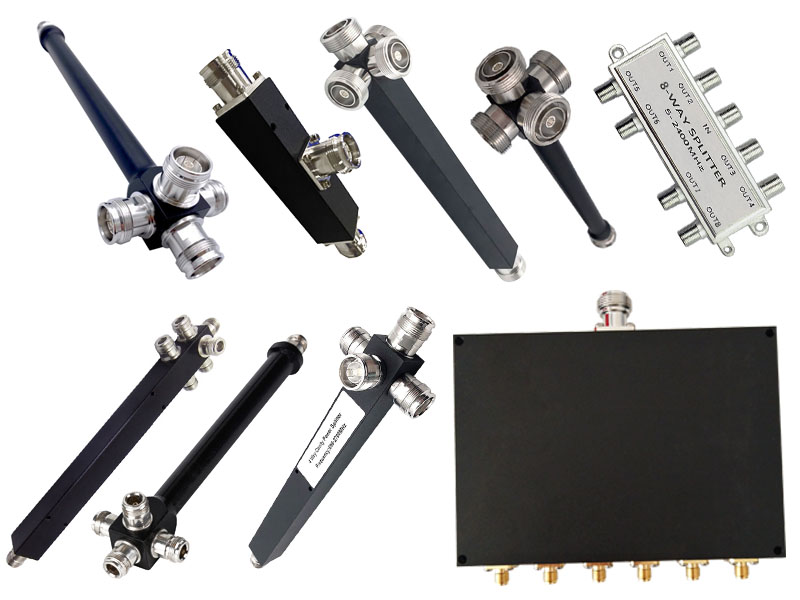-
We’re On Call 24/7 : +8613538296050
-
E-mail : anna@rohoconnector.com
We’re On Call 24/7 : +8613538296050
E-mail : anna@rohoconnector.com
Power splitters, also known as power dividers, are essential components in various electrical and electronic systems. They allow for the distribution of power from a single input to multiple outputs, enabling efficient signal routing. In this blog post, we will discuss the classification and key features of power splitters, with a focus on 2-way and 4-way power splitters.
Power splitters can be classified based on their operating frequency range and the number of output ports. The most common classifications include broadband power splitters and narrowband power splitters. Broadband power splitters operate across a wide frequency range, typically from DC to GHz, making them suitable for various applications. Narrowband power splitters, on the other hand, are designed for specific frequency bands, providing excellent performance within a limited range.
Key Features:
Impedance Matching: Power splitters are typically designed to match the impedance of the input and output ports, ensuring minimal signal reflections and maximum power transfer. Common impedance values include 50 Ohms and 75 Ohms, depending on the application and system requirements.
Insertion Loss: Power splitters introduce some amount of insertion loss, which refers to the power loss that occurs when splitting the signal. Minimizing insertion loss is critical to maintain signal integrity and overall system performance. High-quality power splitters are designed to have low insertion loss values.
2-way power splitter is a device that takes a single input and divides it into two equal output signals. It is primarily used in applications where signal distribution or power sharing is required. 2-way power splitters have low insertion loss and high isolation between the output ports, ensuring efficient signal coupling and minimal interference.

4-way power splitter is designed to split a single input into four equal output signals. It finds applications in systems where signal distribution or power sharing among multiple components is necessary. Similar to 2-way power splitters, 4-way power splitters offer low insertion loss and high isolation, ensuring reliable signal transmission across all output ports.
Power splitters play a crucial role in distributing power and signals effectively in various electrical and electronic systems. Understanding their classification and key features, such as impedance matching, insertion loss, and isolation, is essential for selecting the right power splitter for specific applications. Whether it's a 2-way power splitter or a 4-way power splitter, these devices facilitate efficient and reliable signal routing, contributing to the overall functionality and performance of the systems in which they employed.